José Arroyo has a good summary of the many failings of Sonatas o aventuras del Marqués de Bradomín (Juan Antonio Bardem, 1959). I will not rehearse these again. Just to add, I think that I saw a better version on Flix Olé than the copy he managed to see. The quality is good, which improved the viewing experience, but did not compensate for the many failings of the film.

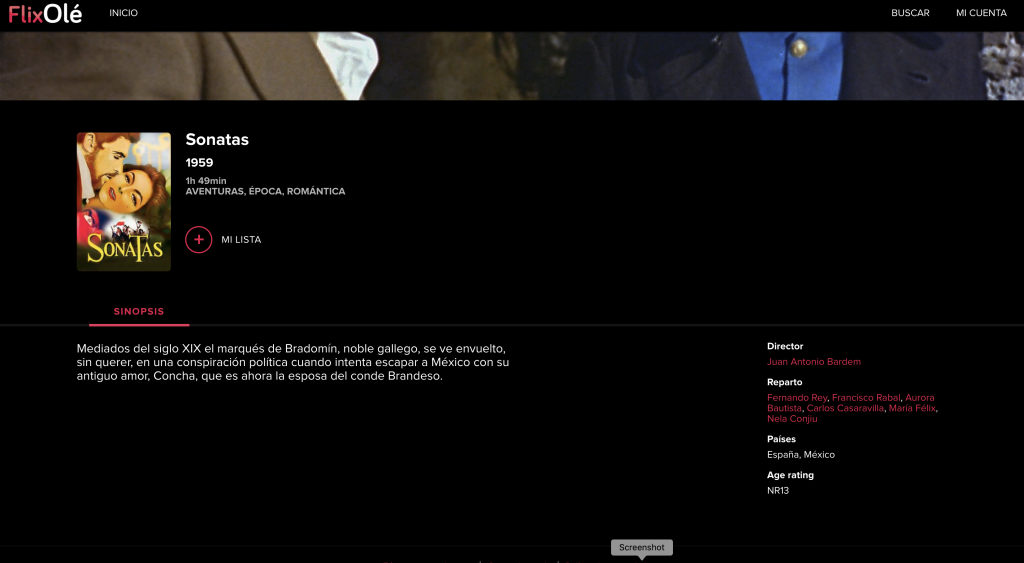
The first half of the film is in Spain, the second is in Mexico in the 1830s. Given my interest in Mexico and María Félix, I’ll reserve my comments for the second half. In Sonatas Mexico is reduced to a series of folkloric images. Shot by Gabriel Figueroa, who has been criticised for creating a nationalist iconography using highly stylised close-ups of cacti and wide shots of people set against an expansive sky, this film seems like self-parody.
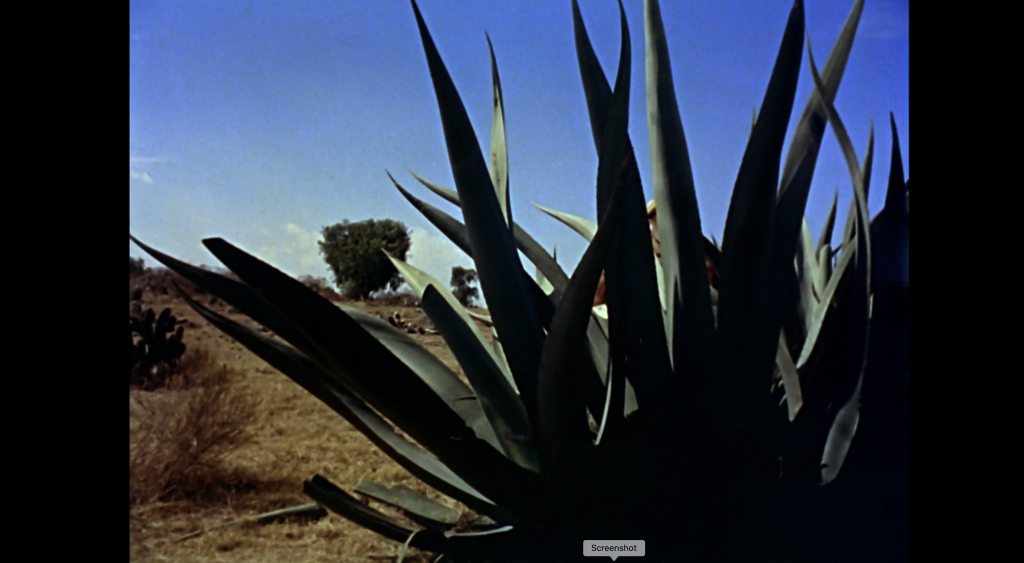
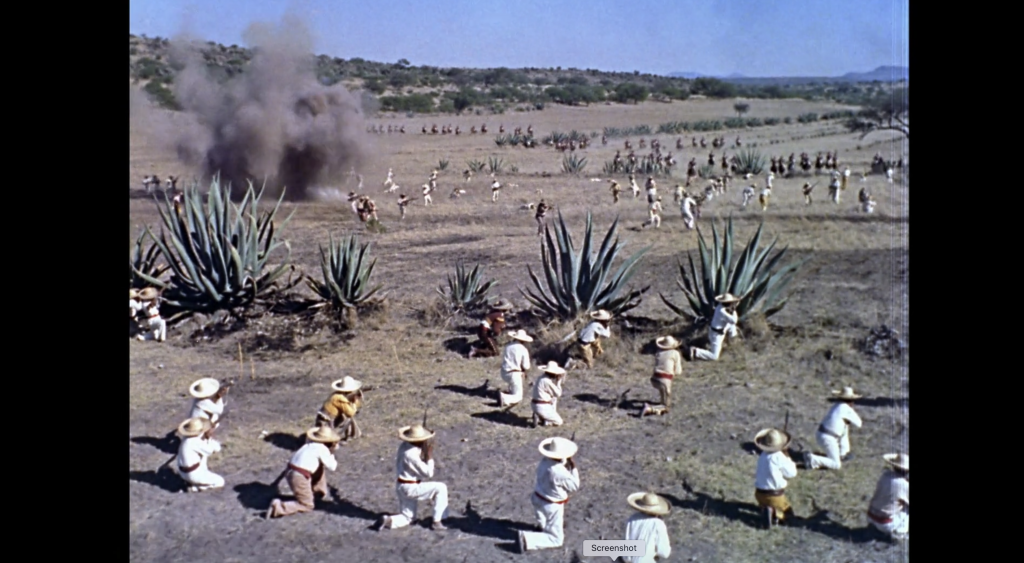
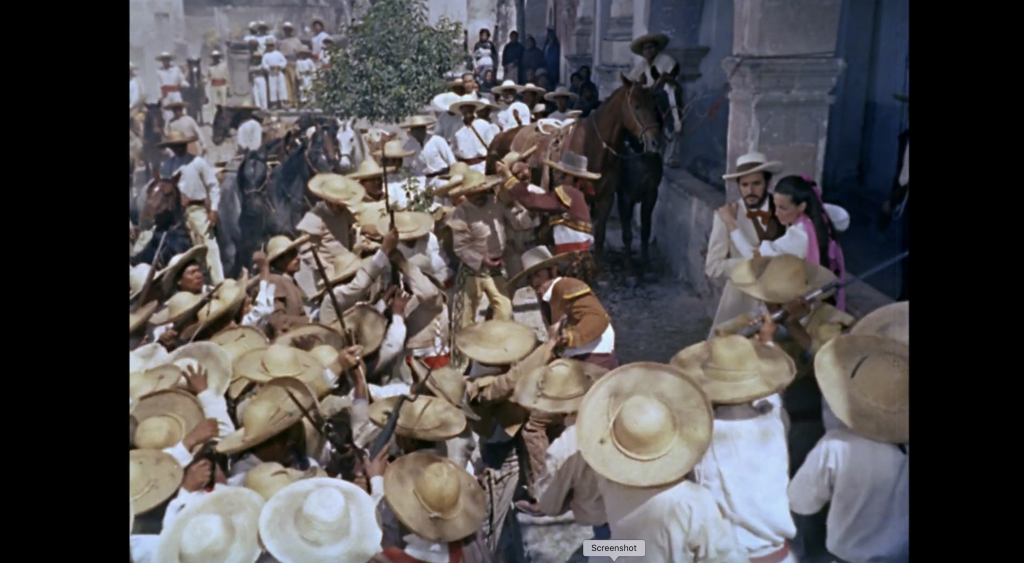
The Count of Bradomín (Paco Rabal) is attired as a colonial gentleman guided through the countryside experiencing an authentic Mexico.


He falls for a local noblewoman, La niña Chole (María Félix). Her evolution as a character is tracked through her wardrobe.

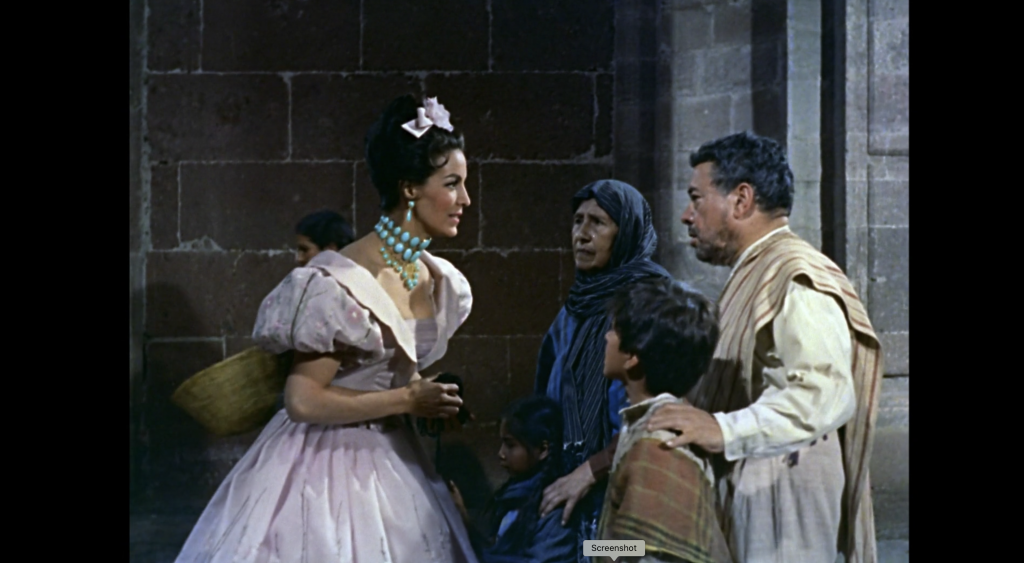
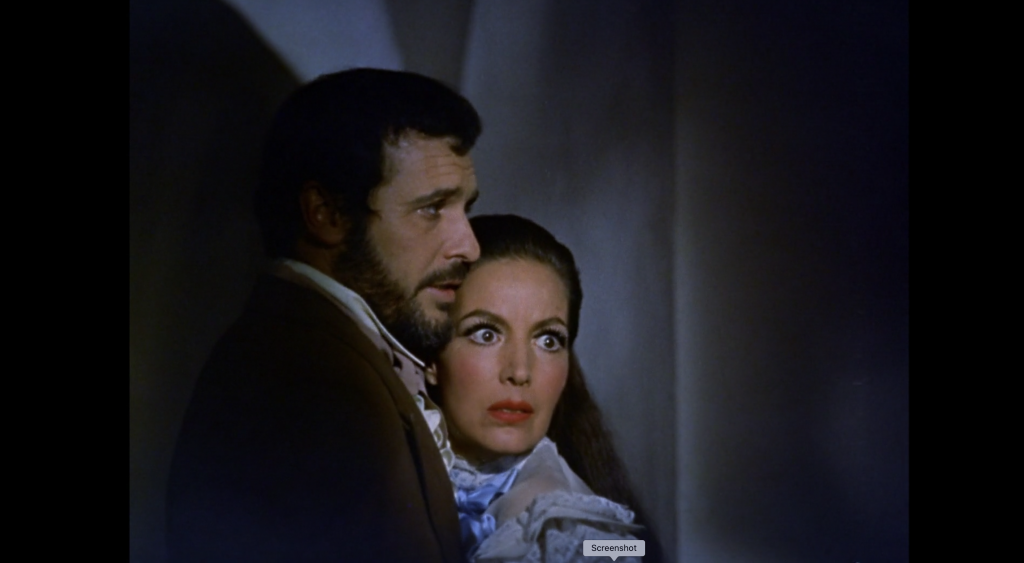
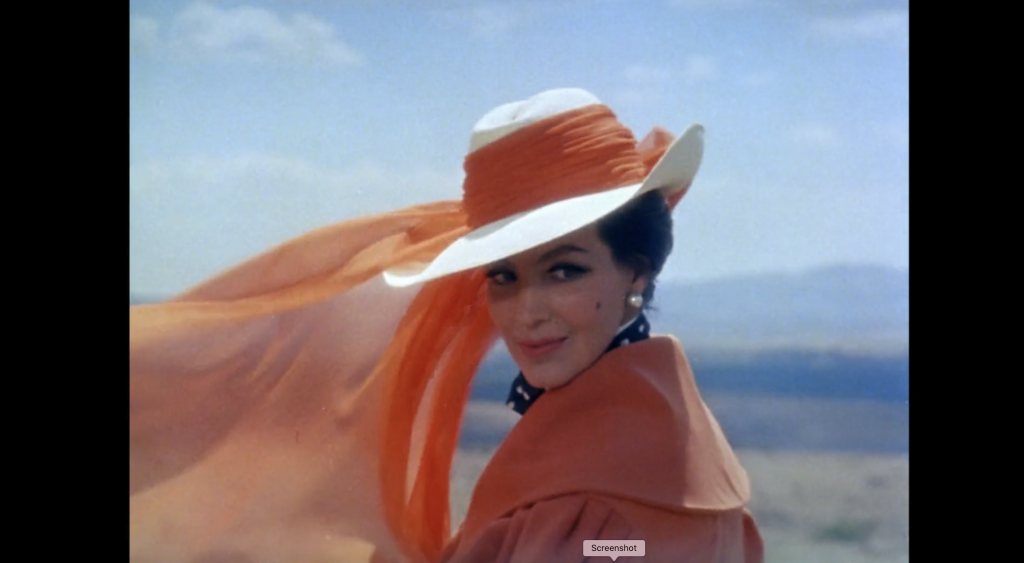

The people of Mexico simply act as folkloric colour for the romance and adventure of Bradomín and La niña Chole’s story. They are mere objects in space whose function is to tell us we are in Mexico much as the cactus, buildings, sand, or props.
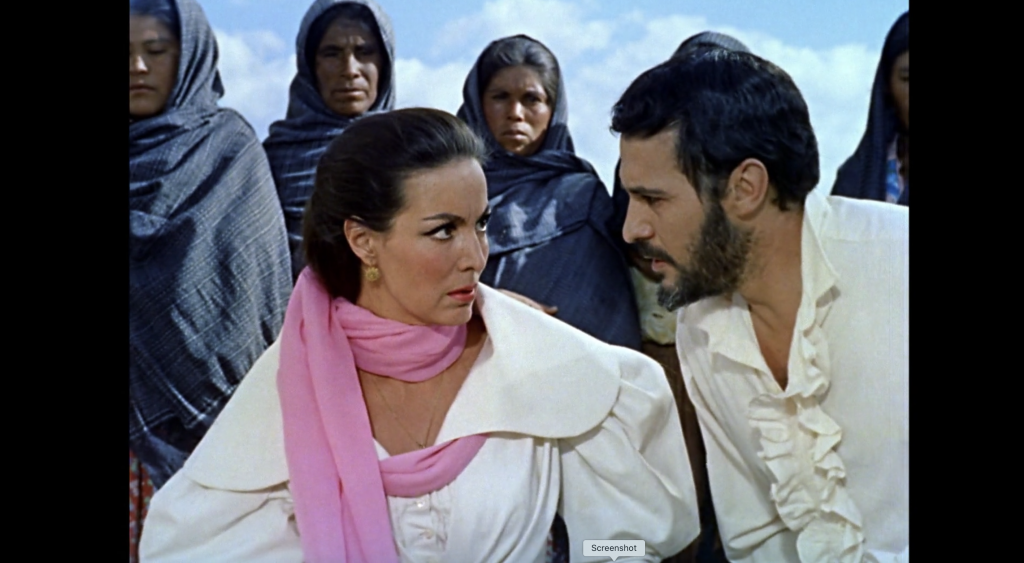

Despite being set in the previous century, Sonatas draws on much of the iconography of the films set during the Mexican Revolution (1910-1920). The clothing of the ordinary foot soldiers and country labourers are identical to what can be seen in films of the Revolution. The only difference is in the uniforms of the official army and Félix’s wardrobe. This sense of being out of time, whilst simultaneously marked by time, normalises the idea of Mexico as a place constantly in revolt. This is a troubling notion that allows for terrible assumptions and conclusions about Mexico as essentially and endemically troubled and Mexicans as inherently violent. Sonatas has little to commend it and slips into dangerous culturally reductive stereotypes and clichés about Mexico.